Percale vs sateen – what's the difference and which meets your sleep needs?
I've outlined all the pros and cons of percale vs sateen for look, feel, and thermoregulation to help you find your material match
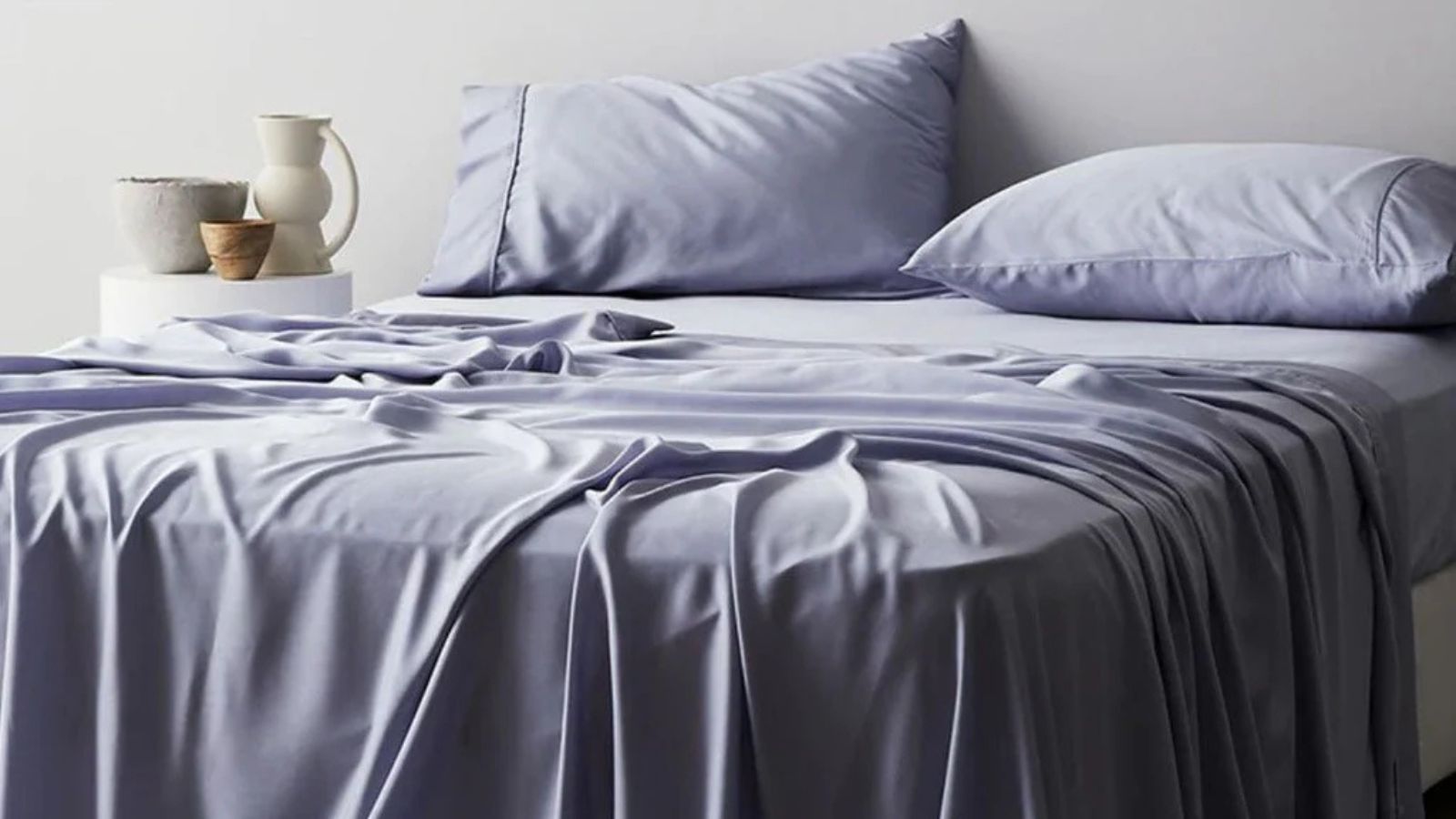

As the resident Sleep Editor at Homes & Gardens, I'm often asked whether percale or sateen makes the best bed sheets. My answer varies from one shopper to the next. It depends on whether you prefer crisp, cool sheets, or silky, smooth ones.
Percale and sateen are two of the most common bed sheet types. You'd be forgiven for thinking they're different materials, but actually, percale and sateen are weaves, or ways of threading fabrics together. The way in which a material is woven informs how it looks, how it feels, and how it holds heat. Percale and sateen weaves are most common in cotton, but you'll also see them on bamboo, eucalyptus, and more.
To help you split the difference between the weaves and find the best bed sheets for you, I've set percale vs sateen head to head. I've outlined the differences between the materials, as well as their pros and cons.
Percale vs sateen − what's the difference and which is best for you?
To save you time and money, I've even picked out a few of my favorite percale and sateen sheet sets. I've combed through our back catalog of reviews and spent hours researching the best places to buy bedding in percale and sateen.
Percale – the pros and cons
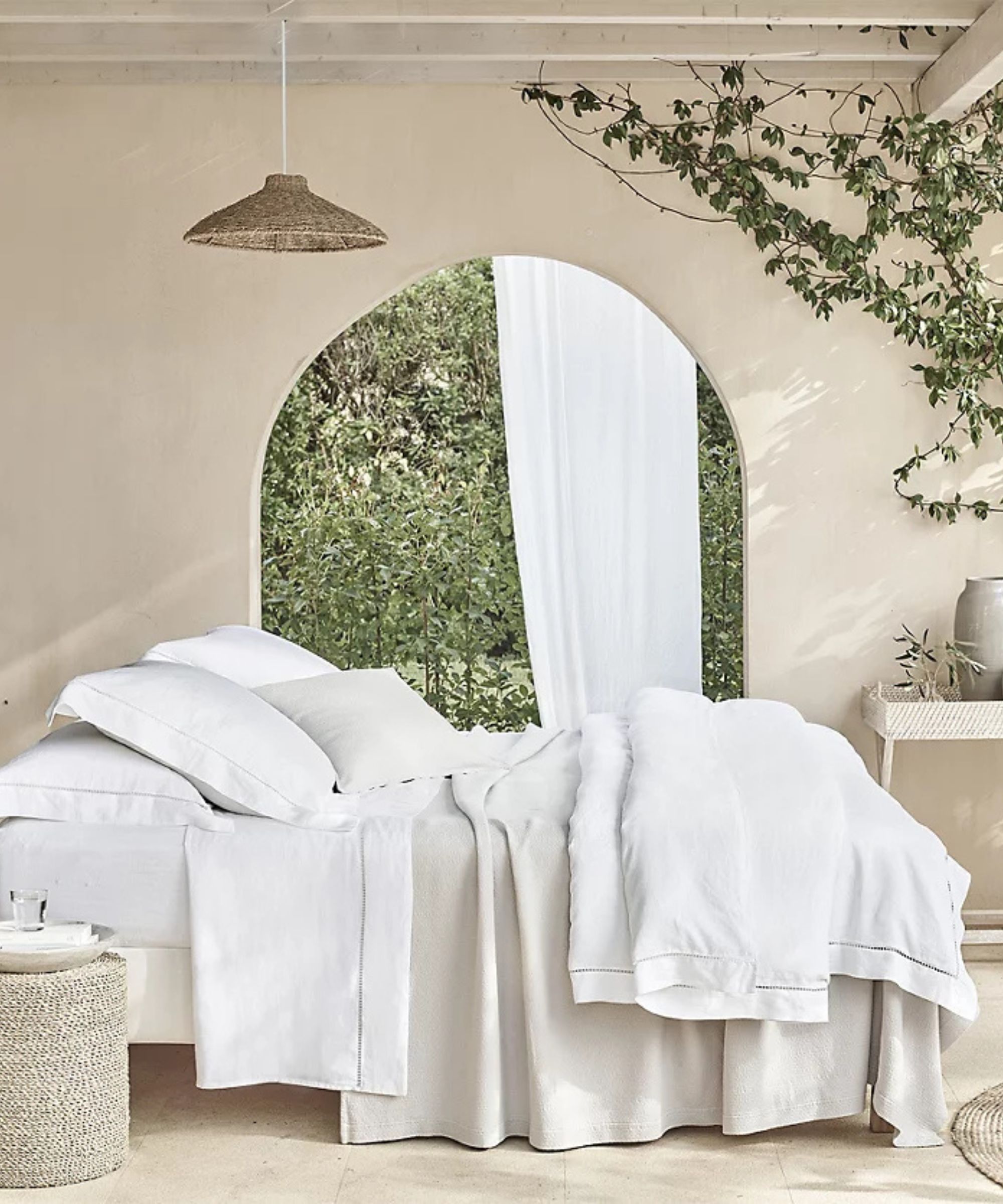
Percale describes a criss-cross weave, where the pattern 'one-thread-over, one-thread-under' creates lightweight sheets with plenty of interlacings. These gaps between the threads allow air to move freely through the sheets, so they feel cool and crisp.
Many of the best cooling sheets are woven into percale. If you suffer from night sweats or hot flashes, or you live in a particularly hot climate, then you'll appreciate the thermoregulatory properties of a looser weave.
If you've ever wondered, 'which bedding do luxury hotels use?', the answer is probably percale. The crisp, cool finish is effortlessly elegant, but the simplicity of the weave has another practical benefit: durability. You should be able to throw percale sheets into the washer and dryer without worrying about wear and tear.

'The Riley Home Percale Sheet Set is one of the most luxurious I've tried,' says expert tester Alex Frost. 'After a long day looking after five children, I love slipping into these crisp, cool cotton percale sheets. The only downsides are the cost and the fact that you have to buy the flat sheet separately.'
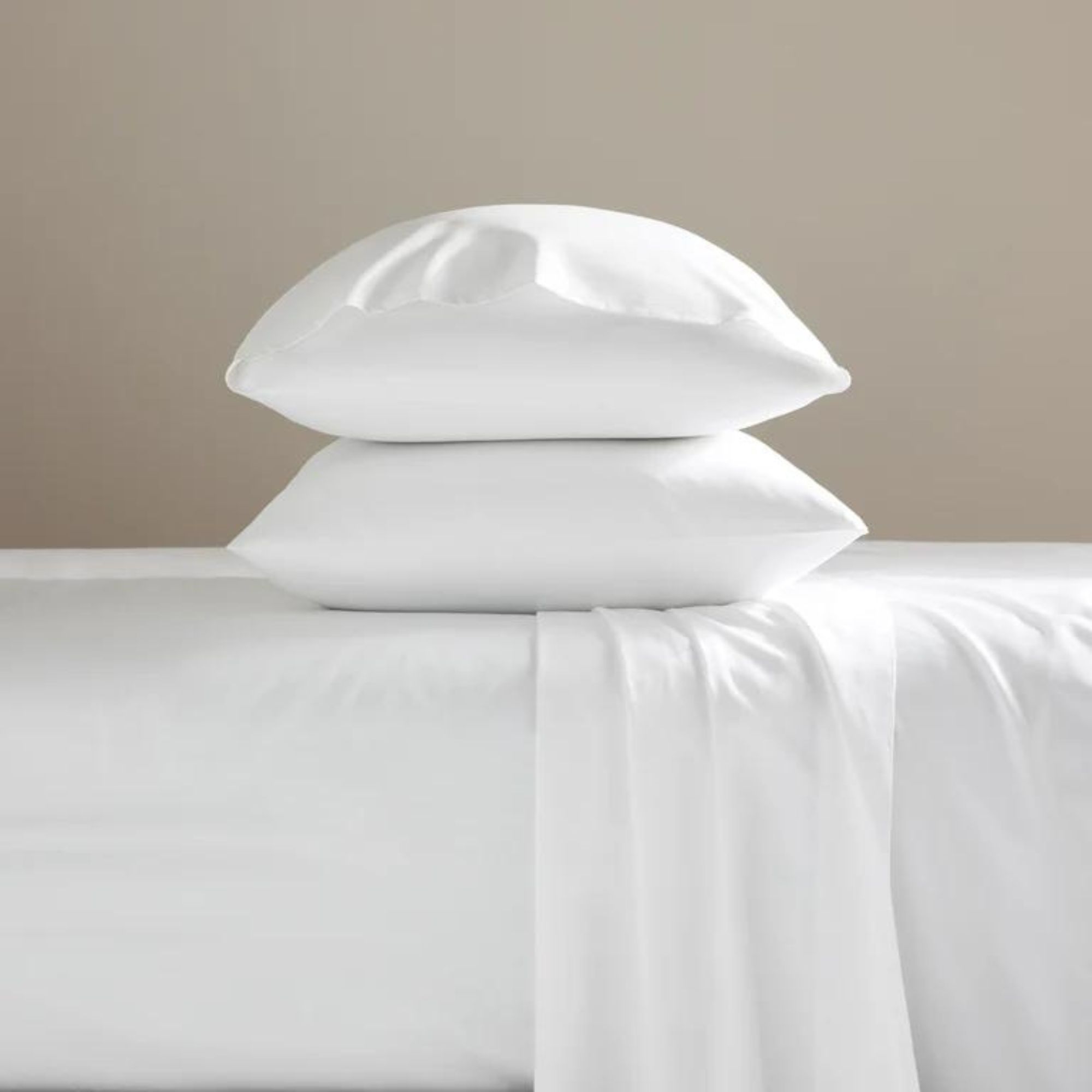
The Luxe Core Sheet Set (listed below) is their best-seller, but I prefer the crisp coolness of the Brooklinen Classic Core Sheet Set. I use these lightweight sheets when the weather heats up outside: I find percale makes a great moisture-wicker.
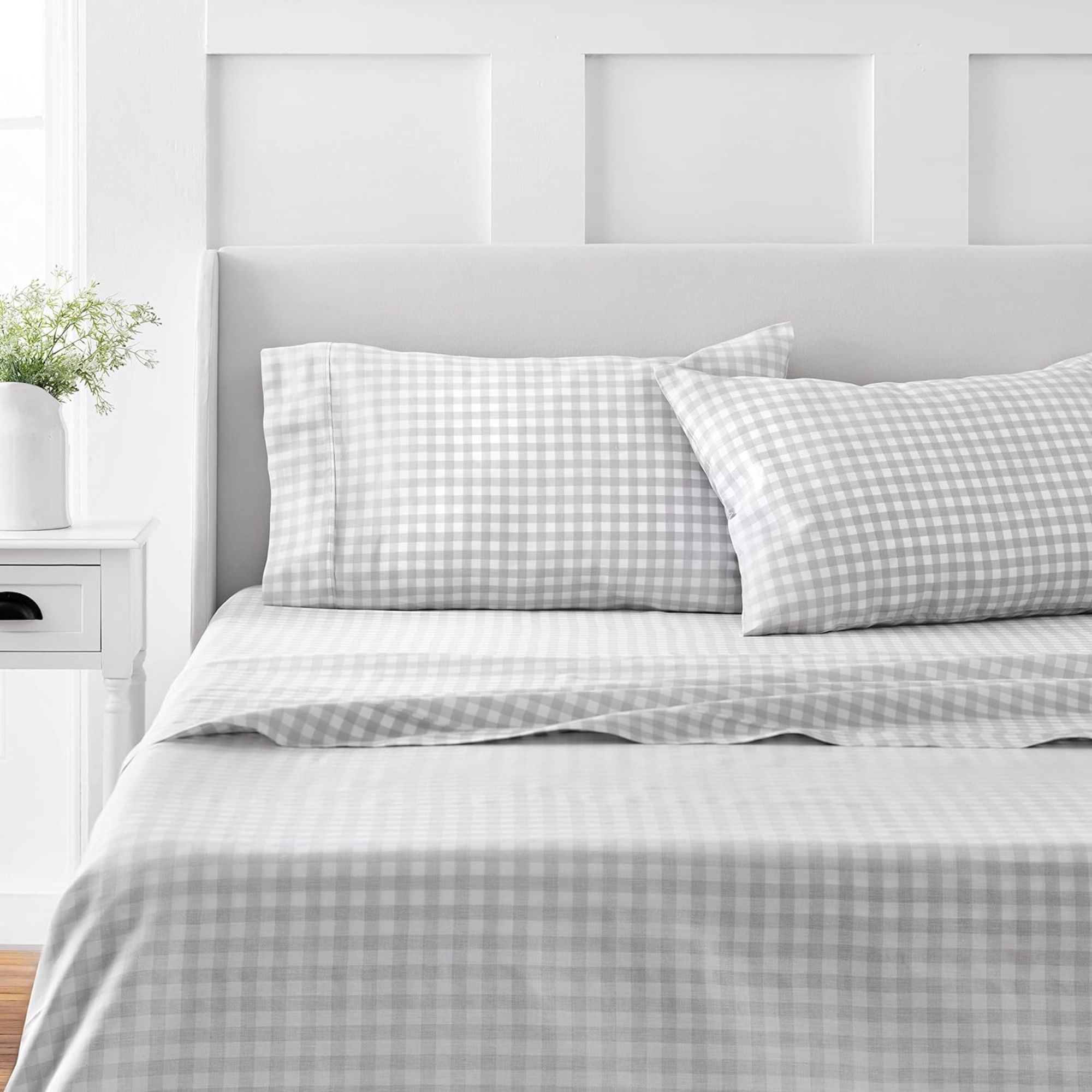
'I was really impressed with the feel and weight of the Martha Stewart 100% Cotton Sheet Set,' says expert tester Camryn Rabideau. They were soft and comfortable to sleep on, keeping my partner and me warm, but I think they’re also breathable enough to use during the summer.'
Compared to smooth sateen, percale sheets are more likely to crease. It's worth learning how to wash bed sheets to keep your percale set looking crisp. I recommend washing your percale sheets separately and hanging them out to air dry. You could even iron your percale set for a super-smooth finish.
Sateen − the pros and cons
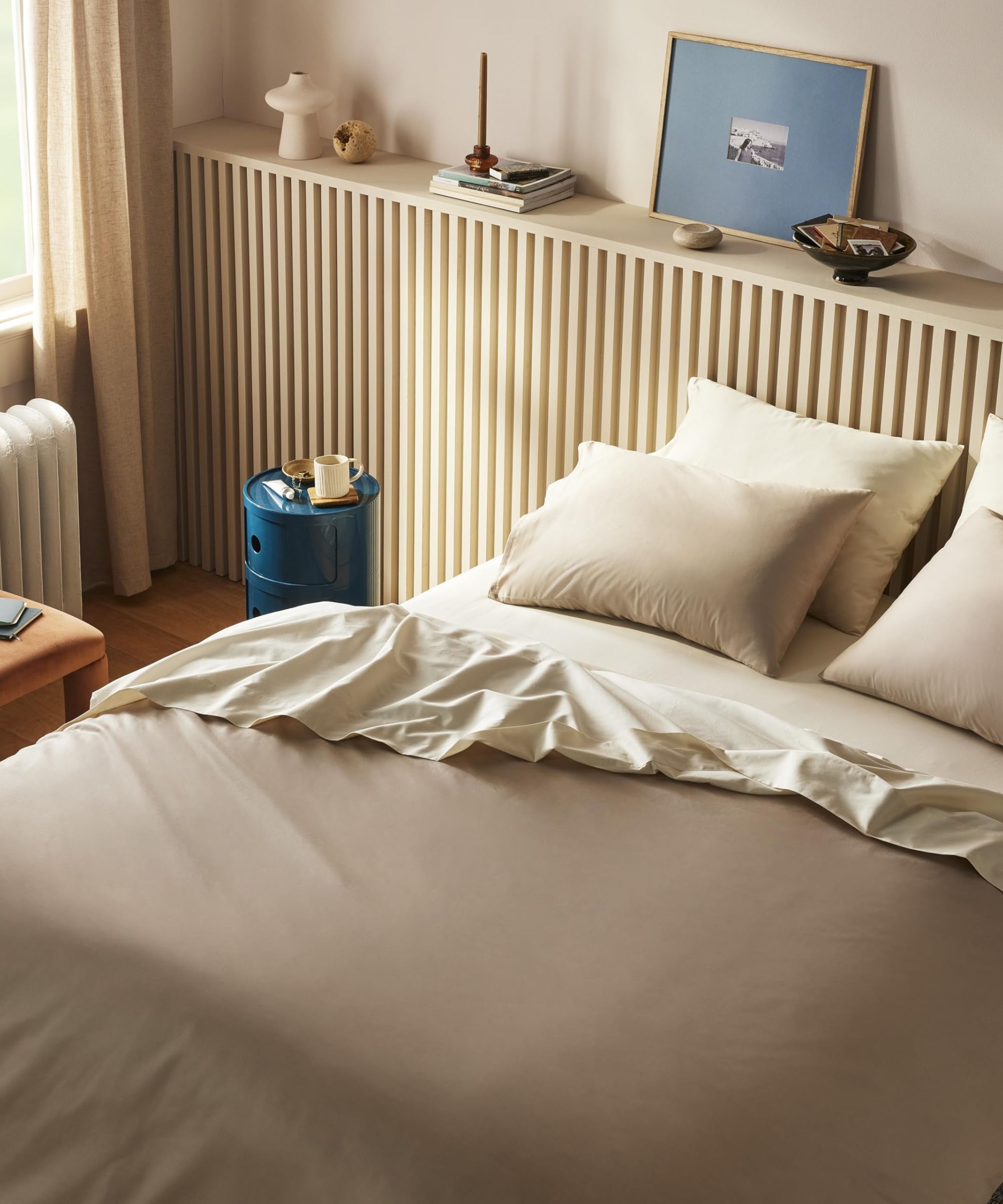
Sateen is a tighter, more complex weave, which goes 'three-threads-over, one-thread-under'. This pattern creates a thick, heavy sheet, which retains heat. I wouldn't recommend sateen sheets for hot sleepers: they're more suitable for cool sleepers and cold weather.
Compared with percale, which goes 'one-thread-over, one-thread-under', sateen has more exposed threads, which catch the light to create a gorgeous sheen. That's why sateen sheets look so luxurious. All those exposed threads also make sateen feel softer, so it's a good option for sensitive sleepers.
One practical benefit of sateen is its wrinkle-resistance. You should be able to throw your sateen sheets in the washer and dryer without worrying about crinkles and creases. It's a great low-maintenance weave for anyone who hates making the bed.
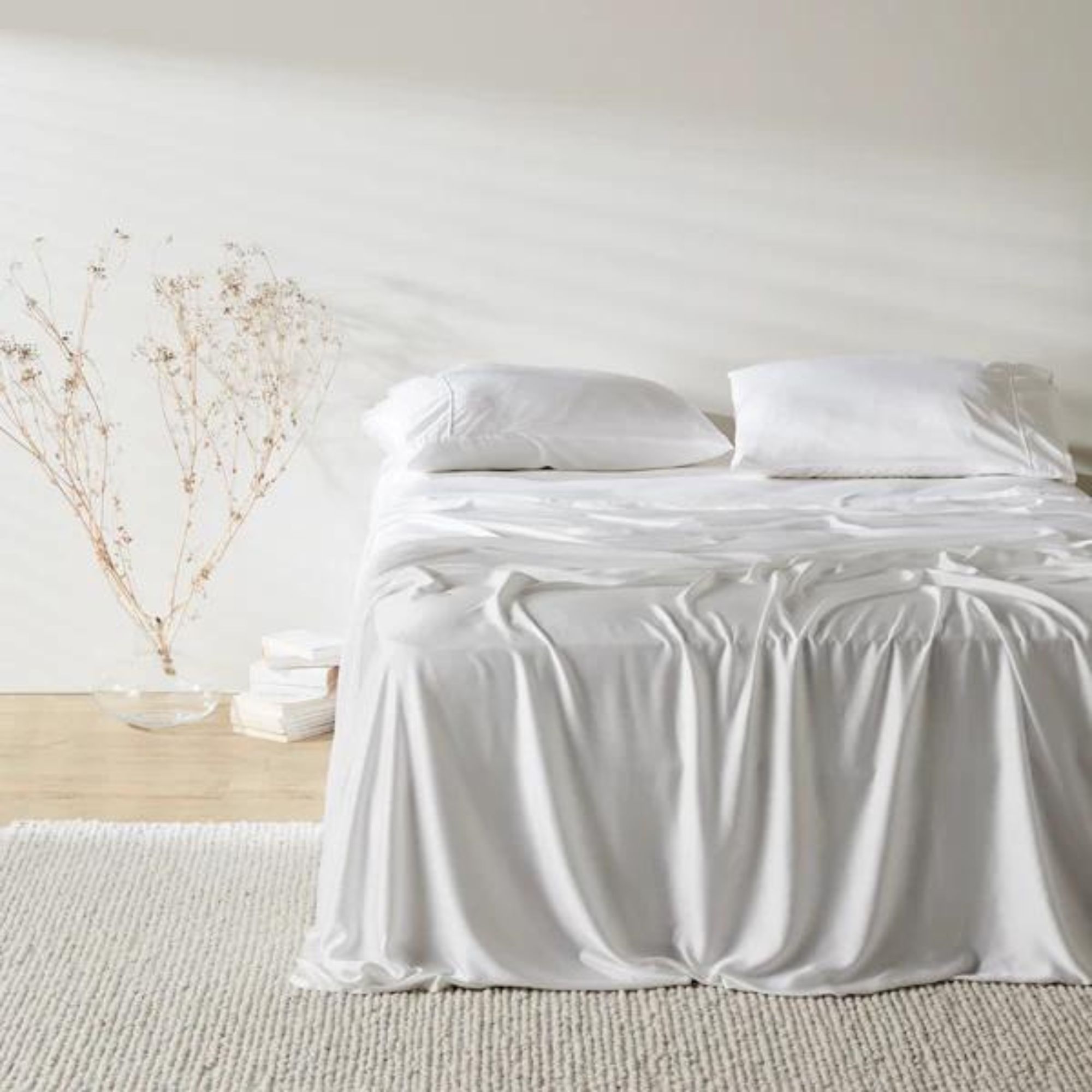
These bamboo sateen sheets feel silky-smooth against your skin. Treated with food-grade, non-toxic solvents to preserve the natural goodness of bamboo, this is some of the best organic bedding, ideal for sensitive sleepers and eco-conscious shoppers.
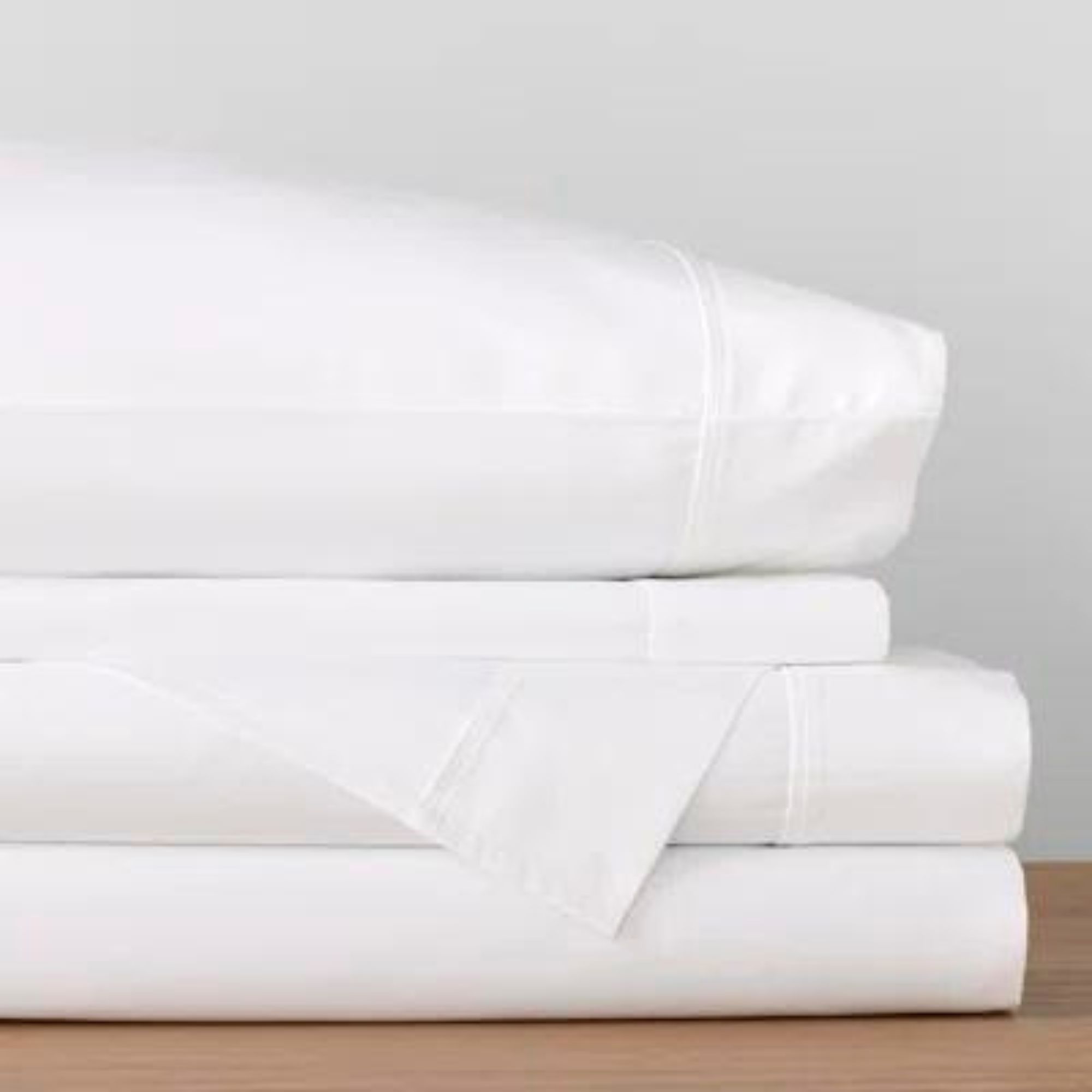
RE/FINE at Wayfair is one of the best places to buy affordable bedding, and these sateen sheets are no exception. 'Amazing quality for the price,' enthuses one recent reviewer. 'They wash up very well and are great to sleep on, with heavyweight fabric for cooler weather.'

Reigning champion in our 'best bed sheets' buying guide, the Brooklinen Luxe Core Sheet Set is the best-selling item at Brooklinen, boasting more than 17,000 verified five-star reviews. 'These sheets feel like sleeping in a luxury resort bed,' reads one recent review. 'Definitely will be buying some more'.
Like I say, sateen sheets tend to trap heat: while they make great winter warmers, they're less suitable for hot sleepers and summer weather.
Some people love the silky feel of sateen, but others find it a little slippery. If you're looking for tough, textured bedding, I suggest you consider the best linen sheets.
As a general rule, I recommend percale sheets for hot sleepers in warm climates and sateen sheets for cold sleepers in cooler climates.
Ultimately, the way to work out which bedding material is best for you is to sample a wide range. Don't stop at percale and sateen: consider bamboo, eucalyptus, Tencel, wool, and more.
Sign up to the Homes & Gardens newsletter
Design expertise in your inbox – from inspiring decorating ideas and beautiful celebrity homes to practical gardening advice and shopping round-ups.

Emilia is our resident sleep writer. She spends her days tracking down the lowest prices on the best mattresses and bedding and spends her nights testing them out from the comfort of her own home. Emilia leads a team of testers across America to find the best mattress for every sleep style, body type, and budget.
Emilia's quest to learn how to sleep better takes her all around the world, from the 3Z mattress factory in Glendale, Arizona to the Hästens headquarters in Köping, Sweden. She's interviewed luxury bedding designers at Shleep and Pure Parima, as well as the Design Manager at IKEA. Before she joined Homes & Gardens, Emilia studied English at the University of Oxford.
-
 These 5 plant species will help to attract and nurture an underrated nighttime pollinator that's crucial to every yard
These 5 plant species will help to attract and nurture an underrated nighttime pollinator that's crucial to every yardDiscover the best plants for attracting moths to your yard
By Ciéra Cree
-
 I have been looking for a versatile backyard furniture color that will look just as good in summer 2026 – Stanley Tucci proposes gray
I have been looking for a versatile backyard furniture color that will look just as good in summer 2026 – Stanley Tucci proposes grayStanley's gray and wood patio furniture is modern yet natural, making it a timeless color choice for backyard color palettes
By Hannah Ziegler